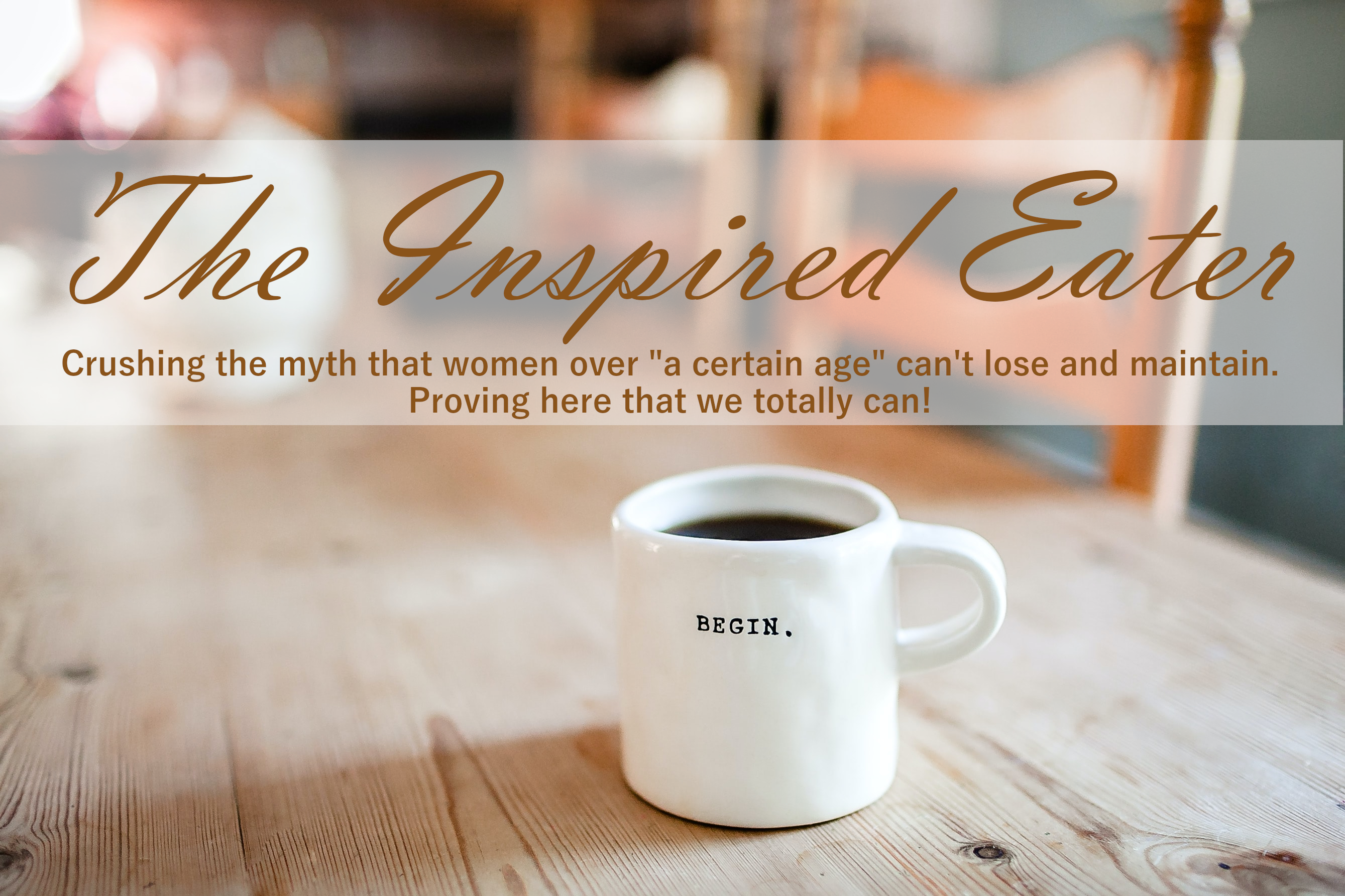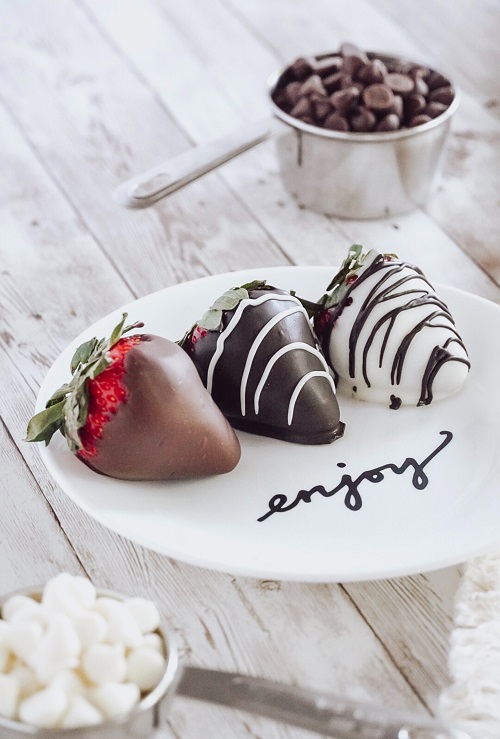Habits are where the rubber-meets-the-road reality.
Pearl One
I resisted sharing this information, but my husband (aka The Scarfer) kept saying “Tell your readers.” My first thought was the last thing my readers want to read is this particular problem, but then I realized that there’s an awesome lesson for everyone in the last months of being sick.
You may remember that I had the flu last December – I had to be told that it was Christmas Eve — and just as I started to improve, I felt hit by the flu a second time in January by either my original December-flu or a brand-new flu, I’m still not sure. I never tested so I don’t know what I had. I only knew that I’d planned to begin a new time-sensitive project on February first and didn’t get to didn’t start until March first. I didn’t feel fully like myself again until likely May.
This flu story pertains to you, I promise.
When I first got sick last December, I stopped weighing myself and didn’t start again until sometime in the Spring.
You guys, when I first got on the scale. I was shocked. My weight was twelve pounds under my weight window’s lowest weight. You know I’m not bragging. I believe smug goes right before falling down a stairwell.
The weight loss did nothing for me. I looked frail (and old.)
Your Takeaway
My point is let’s take a moment to applaud the power of habit. Even on my sickest days when I wasn’t consciously maintaining smart eating habits, the habits just kicked-in on their own volition. In the old days when I was sick, I might have lost five-pounds of water weight which always came right back on. as soon as I returned to my regular life of overeating.
I remember times when I’d even gain weight when I was sick much like a guy I know of who said he gained eight pounds during his bout with whooping cough.
Habits are not woo-woo like “let’s do your chakras!”
Habits are where the rubber-meets-the-road reality.
Keep Atomic Habits front-and-center in your life. Re-read a chapter or even a paragraph each day and then remind yourself that we live in the junkiest junk-food world womankind has ever known. It’s not a time to beat up on yourself, it’s a time to look around our culture and think, yes, no wonder I have such a hard time. There’s opportunity to overeat food-porn everywhere.
We decide what we’ll weigh, not the you-only-live-once-brigade. ♥
Pearl Two
Onto cookbooks. My thought about cookbooks the diet-houses have long encouraged us to buy is that losing and preserving for a lifetime is based on embedding smart eating habits and working with yourself for engaging with food in a new way.
There are so many hurtles to losing/preserving for a life-time the last thing we need is more things to do.
Yes, I gave you my smoothie and whole wheat muffin recipe, but that’s where my recipe-pushing ends.
We can establish smart eating habits that do not include learning new recipes. Losing weight is hard enough given our world and we need to focus. Instead of whipping up a less sugar version of apple cobbler, have an apple. The focus needs to be on you like the following:
- Eating a snack, and then shopping for your favorite smart foods so that they’re readily available.
- Packing and taking your cold-tote with you everywhere.
- Getting back on the horse every single time.
- Tracking what you eat in notebook by fridge.
- Planning for success.
- Writing in your journal. ♥
Pearl Three
Sequencing is taken directly from Cognitive Behavioral Therapy (CBT). The purpose of sequences is to help us move from reacting to circumstances to responding. I encourage you to do a sequence a day in your journal. Powerful stuff.
This story is about a friend from decades ago:
Automatic Sequence:
- Situation (be super concrete): My credit card is maxed out. I bought new clothes this week and my husband saw the credit card bill.
- Thought: Darn. I was hoping he wouldn’t see it.
- Feeling: Guilty and stupid. I feel like having to defend my buying decisions.
- Action: I open a new credit card.
- Result: I’m approved!
Many bridges between the first and last.
Chosen Sequence
- Situation (be super concrete): My credit card is maxed out. I bought new clothes this week and my husband saw the credit card bill.
- Chosen thought: I seem to have a problem with overbuying and it’s become a real financial problem.
- Feeling: I feel relived because I know I’m finally addressing my problem.
- Action: I’m journal-writing asking myself questions to figure out what the heck is going on with me and buying clothes.
- Result: I’m less defensive, have a clear conscious about bills, and now shop at a thrift store. I’m also working on being less sneaky with my purchases. ♥
Pearl Four
Books love us and want us to be happy
From the author who brought us the following titles:
- A Man Called Ove – loved!
- My Grandmother Asked Me to Tell You She’s Sorry – loved!
- Britt-Marie Was Here – Loved!
- Beartown – I had a hard time getting into this one, but I’m very much in the minority.
- Us Against You – Same review as above,
- The Winners – These last three books are a trilogy. Enjoy, I’m the outlier for sure.
- Anxious People – loved!
Mr. Fredrik Backman has brought another book into our lives titled My Friends. I’ve only just started, but I can tell you that the book came out in May 2025 and already has 4.5-stars from over 5,000 Amazon readers and 4.5 on from over 35,000 on.Goodreads.
We’re in good hands. ♥
Pearl Five
I am not what happened to me. I am what I wish to become.” — Carl Jung ♥
I hear you. Groceries are expensive. But if you’re actively losing or preserving, buy your favorite produce anyhow. And since you’re not dining out as much because the enormous serving sizes are not your thing anymore. Use the saved eating out money on red grapes, cherries and watermelon. Get your favorite yogurt flavors. Make this as easy on yourself as possible.
Have a great week everyone!
♥, Wendy
You know the scoop: I’m an Amazon affiliate. If you buy from a link in my post, I’ll receive money, but the arrangement won’t cost you a dime.
Are you new to the Inspired Eater? Welcome!! This blog won’t make much sense until you first read the Aunt Bea post (and you’ll find Aunt Bea on this page to the right under my short bio). On your cell you’ll see it immediately following the first post. After you enter your email address, the Aunt Bea article will be sent to your email’s inbox. If it’s not there, you might check the spam folder. And always feel free to email me at Wendy@TheInspiredEater.com and I’ll get Aunt Bea right to you!!
I am not an expert, doctor, surgeon, nurse, dietician, or nutritionist: the information within TheInspiredEater.com is based solely on my personal experience and is not intended to be used as a substitute for professional medical advice, diagnosis, or treatment.










